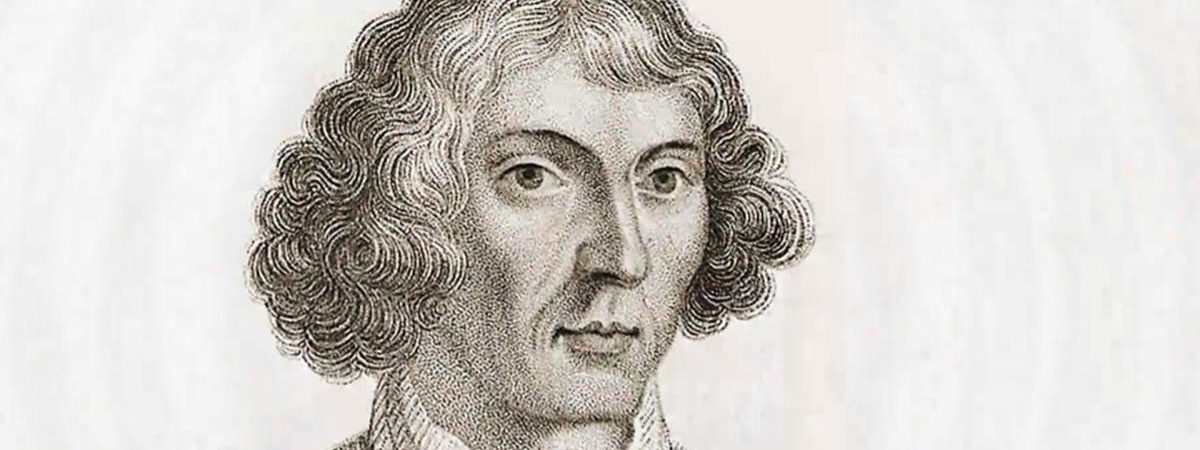
When the 16th Century Polish astronomer Nicolaus Copernicus proudly exclaimed that the Sun, and not the Earth, was the center of the Universe, he faced wide-spread ridicule and skepticism. Up until Copernicus, everyone thought that the universe revolved around the Earth. The scientific community was up in arms by the very notion that we weren’t the cog. Yet ultimately his theories became proven scientific fact and his bold ideas were validated into the annals of history.
In today’s advertising landscape, a similar phenomenon exists. Many brands struggle to make the consumer the center of their universe. They fail to understand that every interaction they have with a consumer is about said consumer and not their brand. Humans yearn for connection, not intrusion, and these critical connections happen in both the physical and digital worlds. While some brands get it (cough, cough, Apple) and the buzzword consumer-centricity looks good on a powerpoint presentation, it is a practice that is missed more than we would all care to admit.
The ways that consumers experience their favorite brands has fundamentally changed. As today’s top brands take drastic steps to bridge the gap between digital and physical relationships with consumers, it’s important that our advertising follows suit. Consumers don’t see channels, they see convenience or inconvenience. They see friction or fluidity. It’s a simple equation.
From an advertising perspective, we must mirror this approach. We must repeatedly pierce the subconscious of consumer behavior and be part of their human experience. I believe the nexus of this lies in digital OOH – a platform with tremendous potential that’s critically undervalued in today’s marketing world, and one that, when coupled with intelligence gleaned mobile devices, offers the same, if not more data-driven understanding of consumers. And it certainly provides more physical world application – both now and in the future – than any other type of digital advertising.
Today’s consumer spends over 70% of their waking hours outside of the home and consumes most content via mobile devices. And these mobile devices are closer to them than family members; they are tethered to them like clothing. This creates a huge opportunity. When you can couple consumers’ online and offline attributes with rich mobile location and geotemporal information, you produce the holy grail of consumer understanding. Not only do you know their digital footprint, but their physical one as well; it’s the most comprehensive view available. With this unprecedented consumer understanding, savvy brands and marketers can now use DOOH to reach the precise consumers there care about precisely where they want to reach them, do so with the right creative, using the right message cadence, all while harnessing the power and benefits of the physical and digital worlds working together – and then measure the efficacy of those brand interactions on real metrics/outcomes. This is the promise of DOOH that brands should be most excited about. And the words ad fraud, viewability, ad blockers, etc. never enter the conversation.
How Next Generation DOOH will Function
Digital OOH displays reach captive audiences at high-traffic locations where consumers are most likely to engage with relevant content on the street (highways and city areas), in the gym, in taxis, at the doctor’s office, at sporting events, in malls or other commercial and retail locations. Combining the touch point of pre-established and identified consumer interests with their physical presence to a DOOH display, brand impact and subsequent brand intent is dramatically increased. And we know this because the linkage between the digital and physical worlds makes way for real measurement that was never available before.
The key to making this all work is proper success measurement. We all know that widespread adoption of any newer advertising medium is contingent upon how effective it is as achieving the desired result. And to be able to validate that it achieved that result, we need to have solid measurement capabilities in place. Another huge benefit to next-generation DOOH is being able to measure ad effectiveness similarly to conventional online – and better.
We know that datasets that draw information from consumers’ online spending habits, owned products, automobiles, household income, age, demographics and other key information will be critical to informing the selection and placement of DOOH advertising. Brands that tap into this marriage of digital data and physical displays stand to reap much higher sales and revenues from their OOH advertising spend.
But how do we measure it? Advanced providers finally have solved for connecting consumers exposed to OOH ads to digital activity so the measurement potential is now endless. The only way to measure a campaign effectively is to know the consumer through the entire path to purchase and build a more holistic attribution strategy, and we’re at this point, which will be transformational.
The Future is Now
Make no mistake, the lines will continue to blur between the physical and digital worlds, and brands will need to continue to adapt. As such, integrated, data-driven DOOH should become a more foundational part of brands’ strategies going forward. Copernicus would definitely get on the DOOH bandwagon, will you?
Originally posted in Martech Advisor.
Published: August 22, 2018